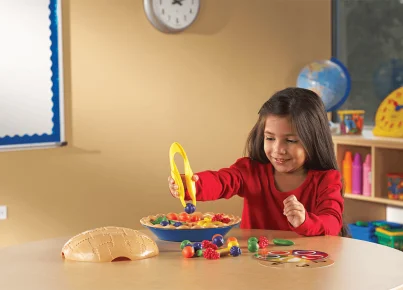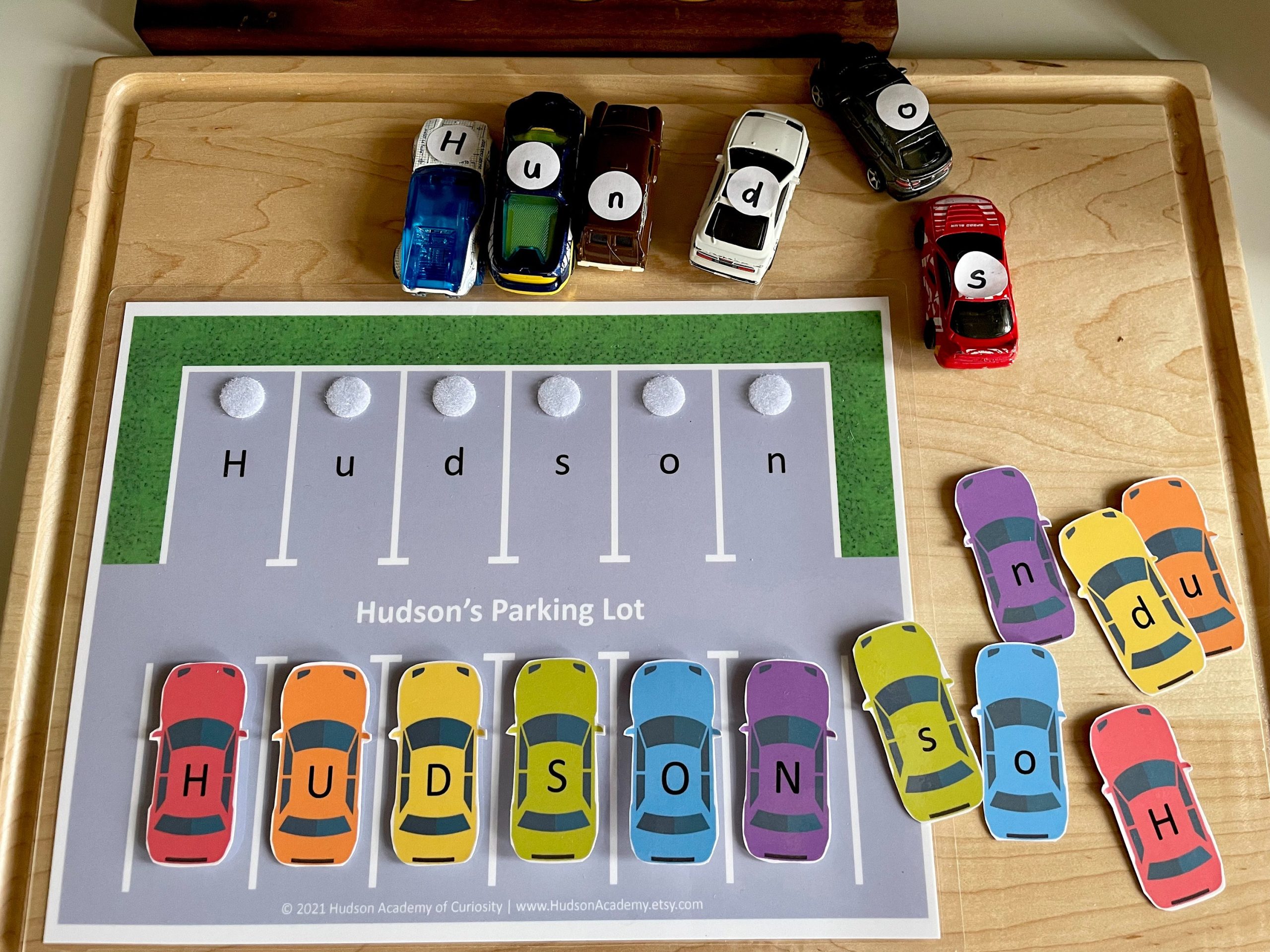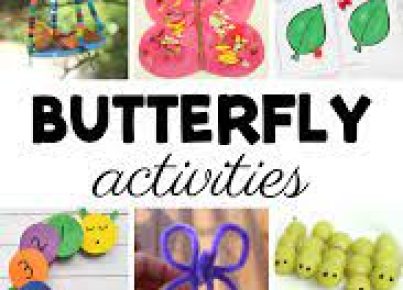The NAMLE (National Association for Media Literacy Education) defines Literacy Education as the capacity to explore, utilize different communication methods. Media literacy is inclusive of actions as subtle as the interpretation of emojis, to being able to grasp the baseline messages passed across in online commercials, creating viral videos, and understanding native advertising. While it appears as though everyone who can access the internet should be able to apply these practical media literacy skills pragmatically, this is not true.
Interestingly, a good number of media users are oblivious to how much their actions online can impact others, and aren’t even aware of how susceptible they are to manipulation by the media. This makes it important to teach kids media literacy, which has become an indispensable skill in today’s digital age.
Though media literacy is a bit complicated to teach and learn, kids can benefit from it in different ways, as follows:
· Learn critical thinking: As kids examine media, they’ll learn to decide if the messages add up, why particular information was included, why something else wasn’t, and what the key messages or ideas are. This’ll help them decide about the information using their previous knowledge and even support or disapprove of such information by drawing upon their past knowledge and experiences.
· Become a smart consumer: Whether it’s a product, service, or information, media-literate kids will be able to decide if it’s credible or not. Media literacy will also help them spot persuasive intent in content that modern advertisers typically promote to sell their offerings. This will help the kids resist such marketing gimmicks and techniques and not fall prey to them easily.
· Recognize the content creator’s point of view. Every content creator has a viewpoint. Media literacy helps kids identify an author’s approach and goal, thus making them understand and even appreciate diverse perspectives. It’ll also let them put information with respect to what they already know or believe they know.
· Learn to be effective communicators: Digital literacy triggers exposure to different types of content and points of view. This helps kids understand the importance of effective communication, become aware of their own point of view, and learn how they can say what they want to say.
· Identify media’s role in culture: From memes and magazine covers to celebrity gossip, sports, festivals, and politics, media brings almost everything within the kids’ grasp. This molds their understanding of the world and even influences them to think or act in certain ways.




